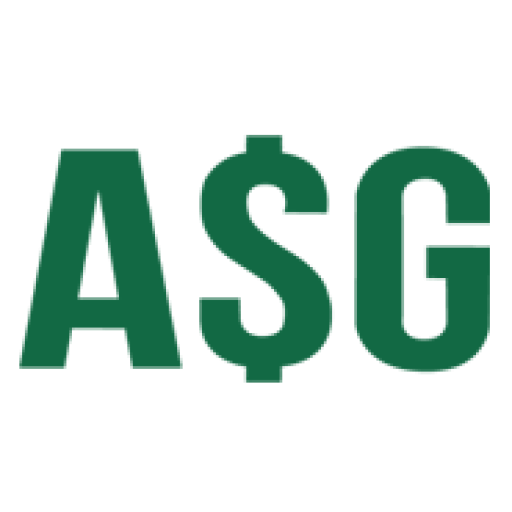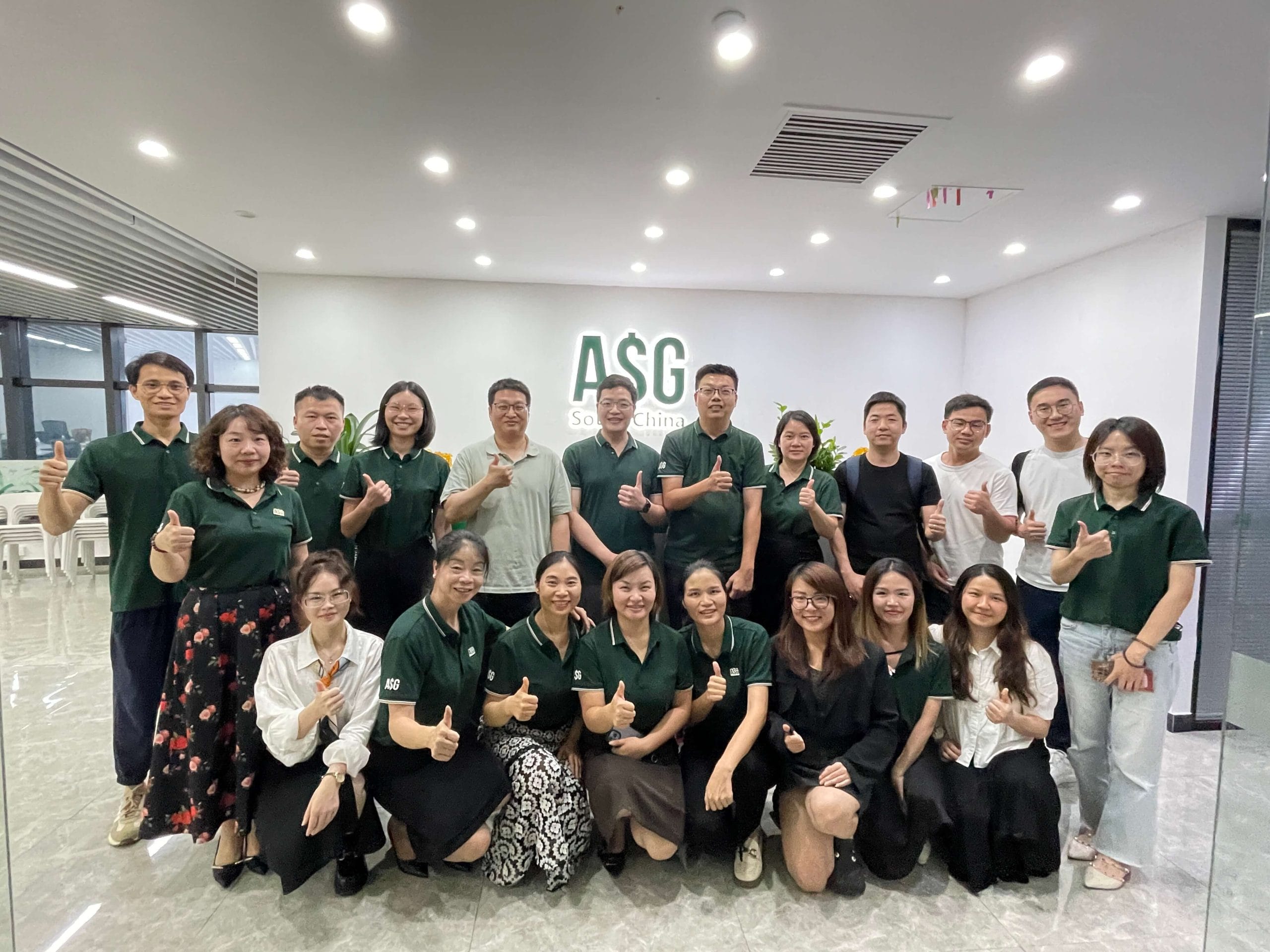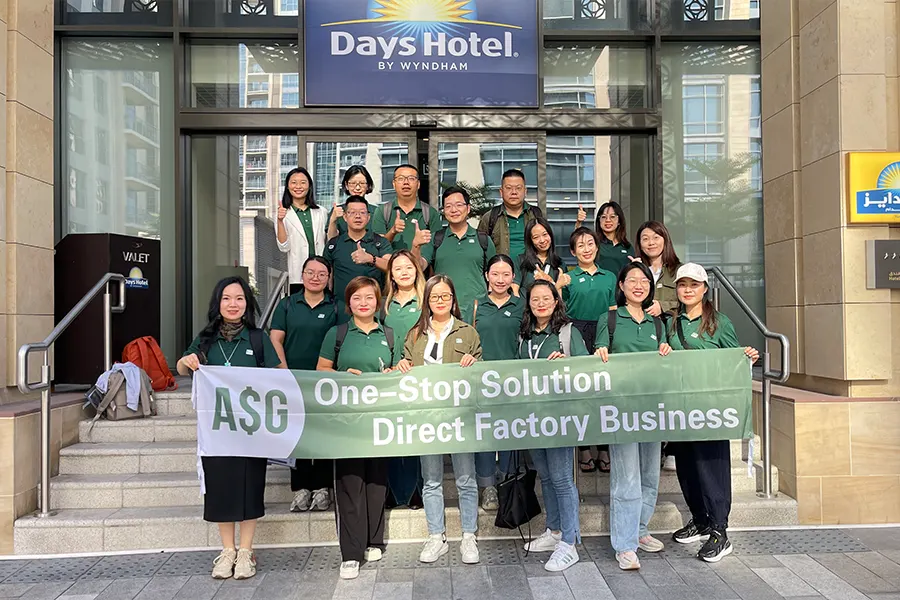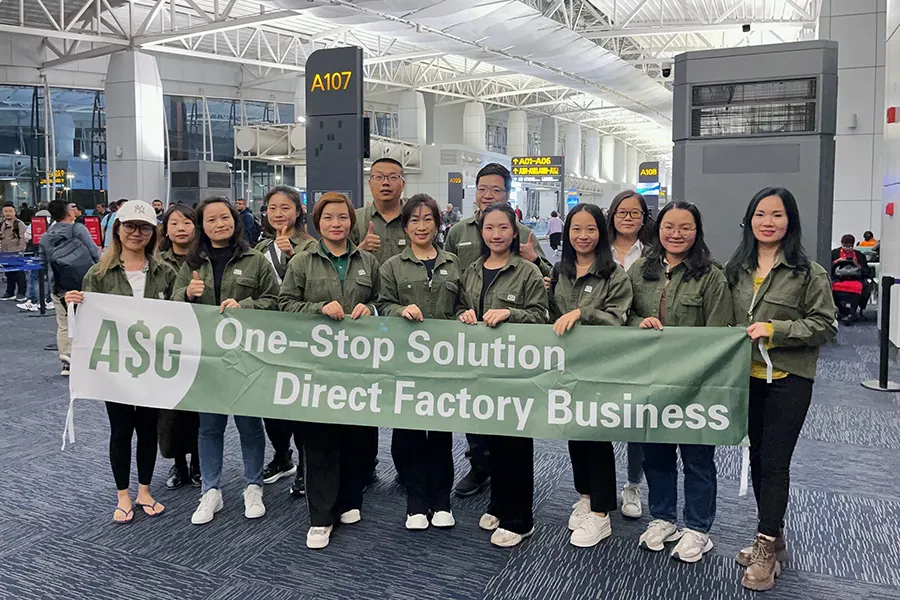Çin'de deneyimli bir kaynak şirketi olarak, Çin'den ürün tedarik etme konusundaki bilgimizi paylaşmaktan heyecan duyuyoruz. Bu kılavuz, Çin tedarikinin ne olduğunu anlamaktan bunu başarılı bir şekilde uygulamaya kadar bilmeniz gereken her şeyi kapsayacaktır.
Çin Kaynağı Nedir?
Çin kaynak temini temel olarak Çin'de üretim yapmak veya ürünleri yaratın ihtiyacınız var. Bunu hazine avına benzetebilirsiniz, ancak altın yerine, en kaliteli ürünlerde harika fırsatlar buluyorsunuz.
Geniş üretim kapasitesi ve rekabetçi fiyatlandırmasıyla Çin, her ölçekteki işletme için küresel bir kaynak merkezi haline geldi.
Tüketici elektroniğinden giyime, endüstriyel makinelerden otomotiv parçalarına kadar Çin'deki fabrikalar, dünya çapında evlerde ve işletmelerde bulunan ürünleri üretiyor.
Çin'den Tedarik Etmeniz İçin 6 Neden?
Çin'den tedarik etmenin işletmeniz için neden iyi olabileceğini gösteren ikna edici nedenler şunlardır:
Maliyet Tasarrufu
Çin'den kaynak sağlamanın temel nedenlerinden biri düşük maliyetli Önemli maliyet tasarrufları için. Çin'de işçilik maliyetleri, hammaddeler ve genel giderler genellikle diğer birçok ülkeye kıyasla daha düşüktür. Bu maliyet avantajı, Çinli üreticilerin özellikle büyük ölçekli üretim çalışmaları için cazip fiyatlar sunmasını sağlar.
Geniş Ürün Yelpazesi
Çin'in imalat sektörü inanılmaz derecede çeşitlidir ve geniş ürün yelpazesi elektronikten tekstile, makineden tüketim mallarına kadar farklı sektörlerde. Hangi ürünü tedarik etmek isterseniz isteyin, Çin'de bir tedarikçi bulma olasılığınız yüksektir.
Toplu İndirim
Çin, devasa üretim kapasiteleriyle ölçek ekonomileri elde edebilir ve tedarikçilerin özellikle büyük siparişler için rekabetçi fiyatlar sunmasını sağlayabilir. Bu, Çin'i toplu siparişler veya seri üretim gerektiren işletmeler için ideal bir kaynak noktası haline getirir.
Nitelikli İşgücü
Çin, üreticilerin çeşitli üretim gereksinimlerini karşılayabilmesini sağlayan yetenekli ve bol miktarda iş gücüne sahiptir. Son derece teknik montaj süreçlerinden emek yoğun görevlere kadar, Çin fabrikaları çeşitli üretim ihtiyaçlarını karşılamak için gereken tam iş gücüne sahiptir.
Kurulmuş Tedarik Zinciri
Çin'in iyi gelişmiş altyapısı ve lojistik ağları, malların daha sorunsuz taşınmasını ve dağıtımını kolaylaştırır. Büyük limanlar, otoyollar ve demir yolu sistemleri, Çin'in üretim endüstrilerini küresel pazara bağlayarak ürünlerin dünya çapında verimli bir şekilde teslim edilmesini sağlar.
Esneklik ve Özelleştirme
Birçok Çinli tedarikçi, alıcıların ürünleri kendi iş gereksinimlerine göre uyarlamalarına olanak tanıyarak ürünlerinizi özelleştirmeye isteklidir. Bu esneklik, benzersiz veya niş ürün ihtiyaçları olan işletmeler için satış elde etmeye yardımcı olabilir.
Çin'den Ürün Temini Adım Adım Nasıl Yapılır
Artık Çin'den tedarik etmenin faydalarını anladığınıza göre, adım adım ürün tedarik sürecine bir göz atalım.
1. Çin'deki En İyi Tedarikçileri Hedefleyin
Çin'den kaynak sağlamanın ilk adımı güvenilir bir kaynak bulmaktır. toptan satış siteleri ve saygın tedarikçiler. İşte bazı yaygın yöntemler:
1.1 B2B Pazar Yerleri – Alibaba
Alibaba, küresel alıcıları Çinli tedarikçilerle buluşturan en büyük ve en popüler B2B pazar yerlerinden biridir. Geniş bir ürün yelpazesi sunar ve tedarikçileri iş türü, konum ve sertifikalar gibi çeşitli kriterlere göre filtrelemenize olanak tanır. Alibaba, tedarikçilere göz atmak, teklif talep etmek ve iletişim başlatmak için kullanışlı bir platform sağlar.
Ancak, Alibaba'yı kullanırken dikkatli olmak önemlidir, çünkü platformda dolandırıcı tedarikçilerin örnekleri olmuştur. Herhangi bir taahhütte bulunmadan önce her zaman potansiyel tedarikçileri iyice inceleyin.
1.2 B2B Pazar Yerleri – Çin Malı
Made-in-China, alıcıları Çinli üreticiler ve tedarikçilerle buluşturma konusunda uzmanlaşmış bir diğer iyi bilinen B2B platformudur. Ayrıntılı şirket profilleri, ürün katalogları ve özelleştirme seçenekleri sunar.
Alibaba gibi Made-in-China da tedarikçilerin kapsamlı bir veritabanını sunuyor, ancak bir tedarikçi seçmeden önce gerekli özeni göstermek yine de önemlidir.
1.3 Kanton Fuarı/Hong Kong Tüketici Elektroniği Ticaret Fuarı
Kanton Fuarı veya Hong Kong Tüketici Elektroniği Ticaret Fuarı gibi ticaret fuarlarına katılmak, potansiyel tedarikçilerle şahsen tanışmanın mükemmel bir yolu olabilir. Bu etkinlikler binlerce Çinli üretici ve tedarikçiyi tek bir çatı altında bir araya getirerek teklifleri karşılaştırmanıza, şartları müzakere etmenize ve yüz yüze bağlantılar kurmanıza olanak tanır.
Fuarlar aynı zamanda sektördeki rakiplerle iletişim kurma, pazar eğilimleri hakkında bilgi edinme ve potansiyel olarak yeni ürün fikirleri veya tedarikçiler keşfetme fırsatları da sunar.
1.4 Google Arama
Basit bir Google araması da özellikle belirli ürün anahtar kelimeleri ve konum filtreleriyle birleştirildiğinde değerli sonuçlar verebilir. Bu, tedarikçilerin web sitelerini doğrudan bulmanıza yardımcı olabilir. Ancak, bazı tedarikçi web sitelerindeki dil engellerini ve potansiyel olarak güncel olmayan veya eksik bilgileri aşmaya hazır olun.
1.5 Resmi Kuruluşlar
Çin'deki ticaret derneklerine veya yerel ticaret odalarına ulaşmak, potansiyel tedarikçileri belirlemenin başka bir yolu olabilir. Bu kuruluşlar genellikle üye şirketlerin dizinlerini veya veritabanlarını tutarlar ve bu, aramanız için bir başlangıç noktası olabilir.
2. Çin Kaynak Temsilcisi ile Çalışın
Zorunlu olmamakla birlikte, bir saygın Çin kaynak temsilcisi özellikle Çin'den kaynak sağlamaya yeni başlayanlar için faydalı olabilir. Bu acenteler yerel pazar hakkında kapsamlı bilgiye sahiptir, kültürel ve dil engellerini aşmanıza yardımcı olabilir ve tedarikçi incelemesi, pazarlıklar ve kalite kontrolü konusunda yardımcı olabilir.
Kaynak bulma acenteleri genellikle hizmetleri için bir ücret veya komisyon alırlar, ancak uzmanlıkları ve bağlantıları size zaman kazandırabilir, riskleri azaltabilir ve daha iyi anlaşmalara yol açabilir. Kapsamlı bir araştırma yapmayı unutmayın potansiyel kaynak acenteleri Kanıtlanmış bir geçmişe sahip olduklarından emin olmak için.
3. Tedarikçileri Doğrulayın
Potansiyel tedarikçileri belirledikten sonra, meşruiyetlerini ve kimlik bilgilerini doğrulayın. Önceki müşterilerden işletme lisansları, sertifikalar ve referanslar isteyin. Ayrıca tedarikçinin standartlarınızı karşıladığından emin olmak için geçmiş kontrolleri ve fabrika ziyaretleri (kişisel olarak veya üçüncü taraf bir müfettiş aracılığıyla) gerçekleştirebilirsiniz.
Doğrulama süreci sırasında tedarikçinin üretim yeteneklerine, kalite kontrol süreçlerine ve ilgili endüstri düzenlemelerine veya sertifikasyonlarına (örneğin, ISO, RoHS, BSCI) uyumuna yakından dikkat edin. Saygın tedarikçiler şeffaf olmalı ve operasyonları hakkında ayrıntılı bilgi sağlamaya istekli olmalıdır.
4. Fiyat ve Kaliteyi Karşılaştırın
Maliyet tasarrufu Çin'den tedarik etmenin önemli bir avantajı olsa da, fiyat ve kalite arasında bir denge kurmak önemlidir. Birden fazla tedarikçiden ayrıntılı teklifler isteyin, tekliflerini karşılaştırın ve ürün özellikleri, teslim süreleri ve asgari sipariş miktarları (MOQ) gibi faktörleri değerlendirin.
Genellikle gerçek olamayacak kadar iyi görünen fiyatlar teklif eden tedarikçilerden uzak durmanız önerilir, çünkü bu düşük kalite veya diğer potansiyel sorunların bir göstergesi olabilir. Bunun yerine, istenen kalite ve hizmet seviyesi için adil bir fiyat teklif eden tedarikçiler bulmaya odaklanın.
5. Sipariş Vermeden Önce Numune İsteyin
Daha büyük bir siparişe girişmeden önce, seçtiğiniz tedarikçiden/tedarikçilerden ürün örnekleri talep etmeniz önerilir. Örnekleri kalite, spesifikasyonlara uygunluk ve ihtiyaçlarınıza genel uygunluk açısından dikkatlice inceleyin. Bu adım, olası sorunları erkenden belirlemenize ve bilinçli kararlar almanıza yardımcı olabilir.
Örnekleri değerlendirirken kullanılan malzemeler, işçilik, dayanıklılık ve işlevsellik gibi faktörleri göz önünde bulundurun. Mümkünse, ürünün gereksinimlerinizi karşıladığından emin olmak için performans testleri veya simülasyonlar gerçekleştirin. Örnekler tatmin edici değilse, tedarikçiye geri bildirimde bulunmaktan veya alternatif seçenekleri araştırmaktan çekinmeyin.
6. Kalite Kontrolünü Gerçekleştirin
Çin'den tedarik yaparken kalite kontrolü çok önemlidir. Tedarikçinin tesisinde sevkiyat öncesi denetimler yapmak için üçüncü taraf bir denetim şirketi kiralamayı düşünün. Bu denetçiler ürünleri sizin özelliklerinize göre kontrol edecek ve kararlaştırılan kalite standartlarını karşıladıklarından emin olacaklardır.
Denetleme süreci sırasında denetçiler genellikle ürün kalitesini, ambalajı, etiketlemeyi ve diğer ilgili yönleri inceler. Ayrıca, bulunan herhangi bir sorun veya kusuru ele almak için fotoğraflar ve öneriler içeren ayrıntılı raporlar da sağlayabilirler.
Üçüncü taraf denetimleri, genel tedarik maliyetlerinize eklenebilirken, riskleri azaltmanıza ve beklentilerinizi karşılayan yüksek kaliteli ürünler almanızı sağlamanıza yardımcı olabilir.
7. Tedarikçinizle Bir İlişki Kurun
Seçtiğiniz tedarikçi(ler)le güçlü, profesyonel bir ilişki geliştirmek paha biçilmez olabilir. Net iletişim, karşılıklı saygı ve işbirlikçi bir yaklaşım, sorunsuz bir kaynak sağlama sürecini garantilemeye ve uzun vadeli ortaklıkları teşvik etmeye yardımcı olabilir.
Başlangıçtan itibaren net beklentiler ve iletişim kanalları oluşturun ve tedarikçinizin sorularına veya endişelerine duyarlı olun. Her iki tarafta da güven oluşturmak ve güvenilirlik göstermek daha olumlu ve üretken bir çalışma ilişkisine yol açabilir.
Ayrıca, kültürel farklılıkları anlamaya ve saygı göstermeye çalışın; bu, yanlış anlaşılmaları önlemeye ve daha sorunsuz etkileşimlere olanak sağlamaya yardımcı olabilir.
8. En İyi Nakliye Çözümünü Bulun
Siparişiniz gönderime hazır olduğunda, Çin'den istediğiniz yere ulaşımı ayarlamanız gerekir. Hava taşımacılığı, deniz taşımacılığı veya ekspres kuryeler gibi farklı gönderim seçeneklerini araştırın ve bütçenize, zaman çizelgenize ve belirli ürün gereksinimlerinize göre en uygun seçeneği seçin.
Hava taşımacılığı genellikle en hızlı ancak en pahalı nakliye yöntemidir, okyanus taşımacılığı ise daha büyük gönderiler için daha uygun maliyetlidir ancak ulaşması birkaç hafta sürebilir. Ekspres kuryeler, okyanus taşımacılığından daha hızlı transit süreleri ancak standart hava taşımacılığından daha yüksek maliyetlerle bir orta yol sunar.
Ayrıca, FOB (Gemide Teslim), CIF (Maliyet, Sigorta ve Navlun) ve EXW (İşyerinde Teslim) gibi çeşitli nakliye terimlerini anlamak da önemlidir; çünkü bunlar, nakliye, sigorta ve gümrük işlemleriyle ilgili sorumluluklarınızı ve maliyetlerinizi etkileyebilir.
Ayrıca, ürünlerinizin varış noktasına güvenli bir şekilde ve düzenlemelere uygun şekilde ulaşmasını sağlamak için paketleme gereksinimleri, etiketleme ve özel taşıma gereksinimleri gibi faktörleri de göz önünde bulundurun.
SSS
Yeni ürün kaynaklarına ulaşabileceğiniz bazı Çince web siteleri hangileridir?
İşte en iyilerden bazıları Çin toptan satış siteleri İnternette bulabilirsiniz:
1, Alibaba
2, AliExpress
3, DHgate
4, 1688.com
5, Çin yapımı
6, Küresel Kaynaklar
Çin'den kaynak alırken bilmeniz gereken 3 ipucu nedir?
Kalite en önemli şey olmalı.
Malzeme bileşimi, boyutlar ve bitiş gibi kaliteyi ölçmek için belirli ölçütler ve kıyaslamalar tanımlayın. Hammadde temini, üretim süreçleri ve son montaj dahil olmak üzere üretimin çeşitli aşamalarında kalite denetimleri ayarlayın. Ürün kalitesinin tarafsız değerlendirmelerini sağlamak için bağımsız denetçiler işe almayı düşünün.
Tedarikçilerinizle ihtiyaçlarınızı açıkça konuşun.
Ürün gereksinimlerinizi, özellikler, toleranslar ve istenen teslim süreleri dahil olmak üzere açıkça belirtin. Beklentileriniz konusunda yanlış anlaşılma olmamasını sağlamak için örnekler, çizimler veya prototipler sağlayın. Yanlış anlaşılmaları önlemek için kültürel farklılıklara ve iletişim tarzlarına dikkat edin
Numune sipariş etmeyi unutmayın.
Ürün kalitesini, görünümünü ve işlevselliğini değerlendirmek için numune talep edin. Numunelerin özel gereksinimlerinizi karşıladığından ve beklendiği gibi performans gösterdiğinden emin olun.
Standartlarınızı karşıladığından ve düzenlemelere uyduğundan emin olmak için ambalajı ve etiketlemeyi değerlendirin. Toplam maliyetler hakkında gerçekçi bir fikir edinmek için örnekleri değerlendirirken nakliye maliyetlerini de hesaba katın.
Tedarikçi olmadan Çin'den ürün nasıl satın alınır?
Çin'den kaynak uzmanı olmadan ithalat yapmak kapsamlı bir araştırma gerektirir. Çevrimiçi B2B pazar yerlerini keşfederek, Çinli üreticilerin ve tedarikçilerin güncel listelerini arayarak ve potansiyel ortakları dikkatlice inceleyerek başlayın. Yeteneklerini ve kalite kontrol önlemlerini ilk elden değerlendirmek için bir fabrika ziyareti planlamayı düşünün.
Son Düşünceler
Çin'den tedarik yapmak işletmeler için kazançlı ve uygun maliyetli bir strateji olabilir; ancak dikkatli planlama, araştırma ve uygulama gerektirir.
Unutmayın, Çinli tedarikçilerinizle güven oluşturmak ve açık iletişimi sürdürmek, başarılı ve uzun ömürlü bir tedarik ilişkisinin anahtarıdır.
Daha fazla bilgi edindikçe Çin kaynak hizmetleri, bu süreci başarıyla yönetmiş deneyimli profesyonellerden veya sektör meslektaşlarınızdan rehberlik almaktan çekinmeyin. Onların içgörüleri ve edindikleri dersler, yaygın tuzaklardan kaçınmanıza ve Çin'den kaynak sağlamanın faydalarını en üst düzeye çıkarmanıza yardımcı olmakta paha biçilmez olabilir.





-300x198.png)